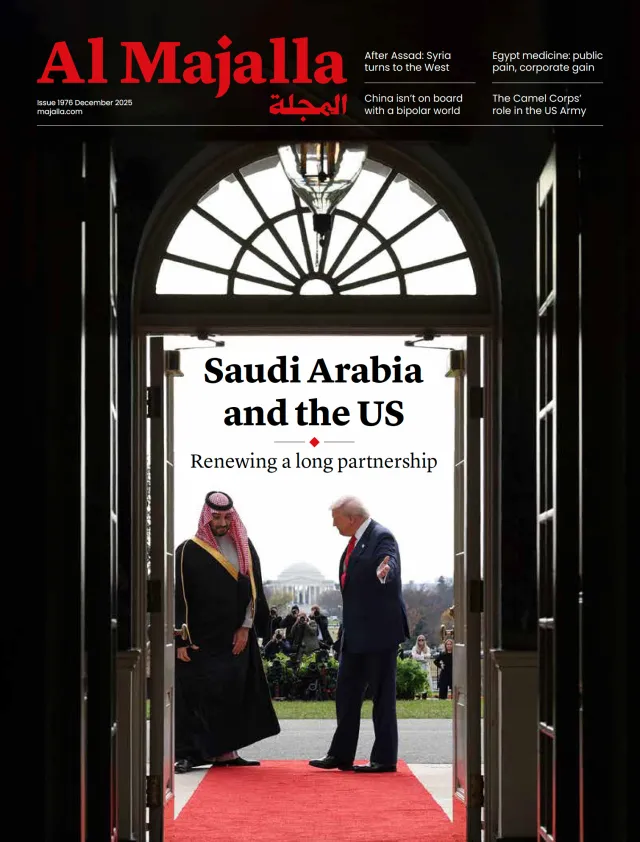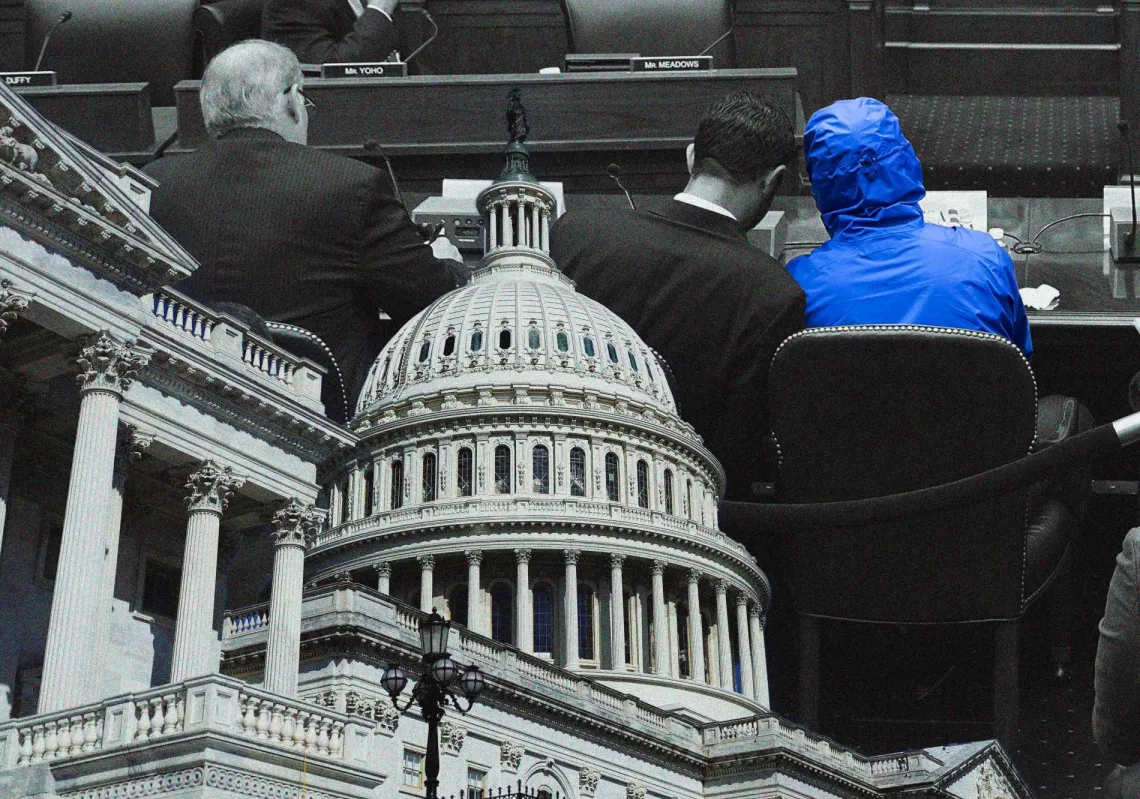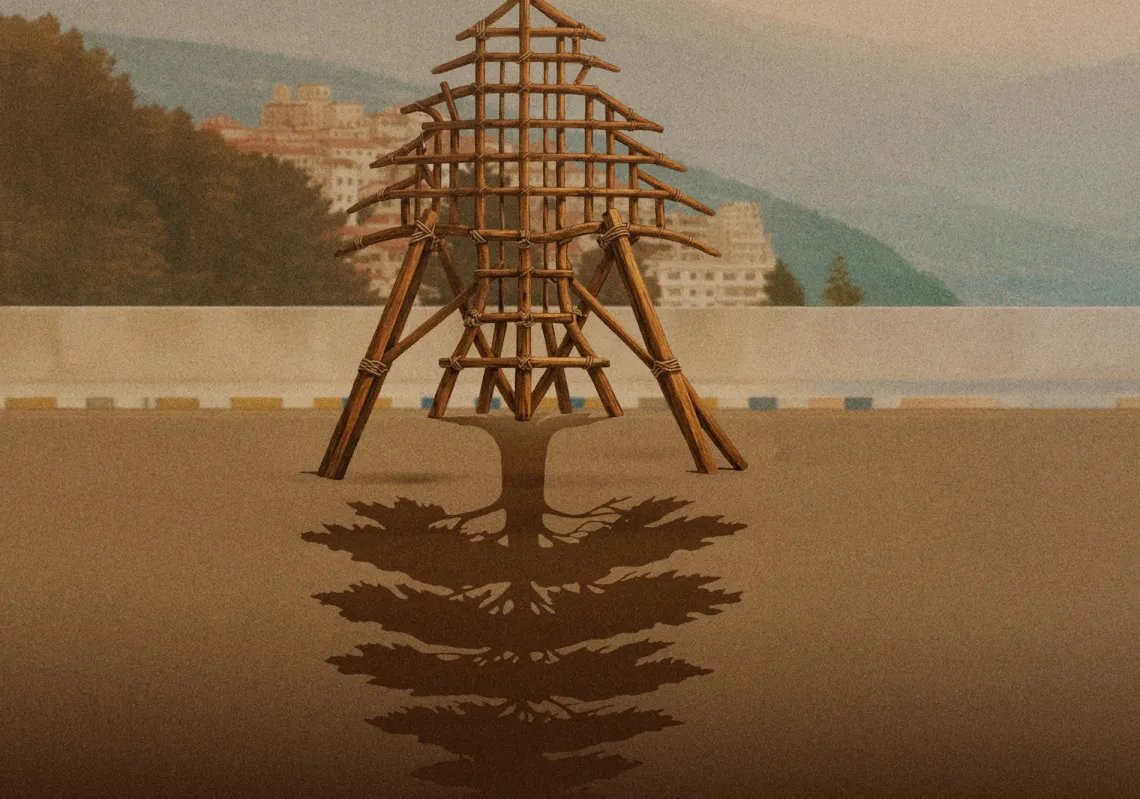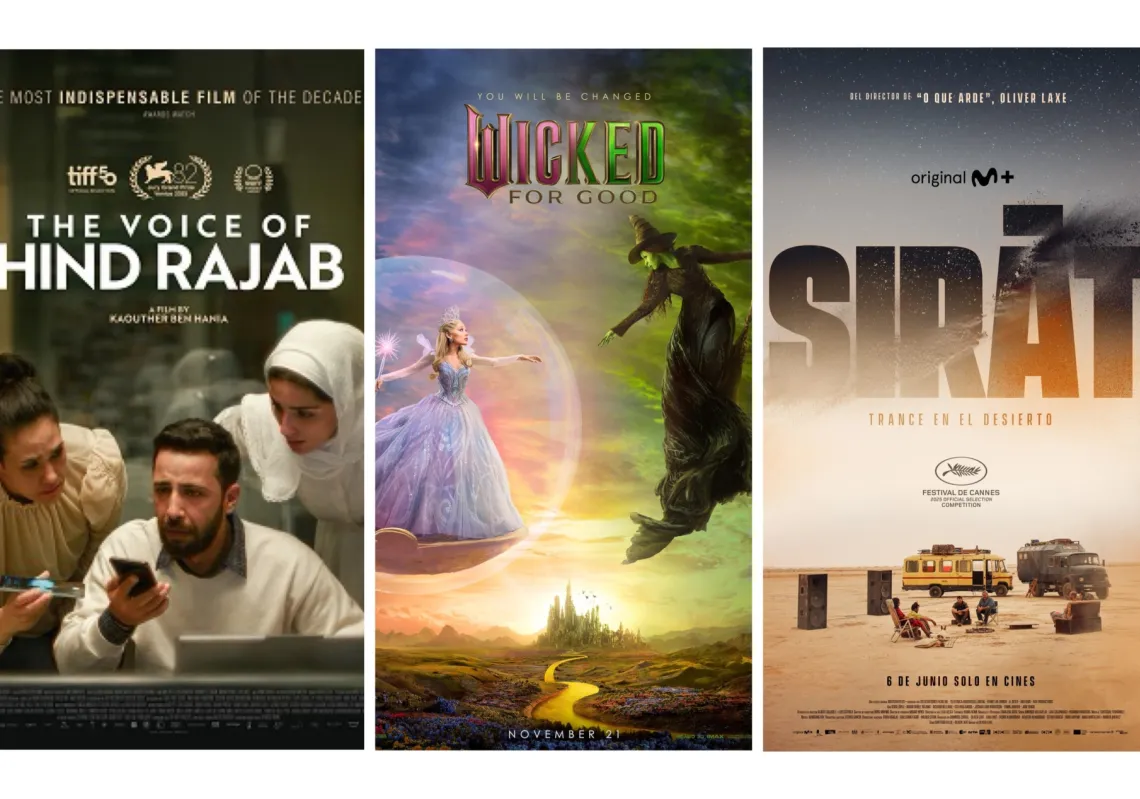In today’s global economic order, India and the Gulf states have a healthy trade relationship, with large volumes of oil, gas, and investment flowing from the Middle East to South Asia, with Indian workers and technology flowing the other way.
Interestingly, this is no recent bilateral relationship, but one that stretches back hundreds of years, with Britain’s East India Company (founded in 1600) acting as a catalyst. Yet even before that, many Gulf travellers lived in India, particularly in the south-western regions, where they traded, attended Indian schools, and married Muslim Indian women. Some established educational and medical centres.
Gulf traders relied on traditional dhows for their maritime journeys to India. These sailing vessels transported Arabian horses and dates, and returned laden with Indian spices, timber, and fabrics. Yet it was the East India Company that turbocharged economic relations between India and the Gulf.
Developing trade
Trading cotton, silk, indigo dye, and tea, the Company used northern Gulf ports and soldiers to combat piracy in the Arabian Gulf. In the early 19th century, the British also fought two major military campaigns against Qawasim pirates based in Ras al-Khaimah and Sharjah (two of the emirates that make up the UAE) who had been spreading terror along the Indian coast to within 100km of Bombay (Mumbai).
The East India Company’s role was so influential that its remit extended beyond commerce and into politics and diplomacy. British Indian colonial authorities protected several Gulf countries through treaties, using the Indian rupee as the national currency in states such as Bahrain and Kuwait.












